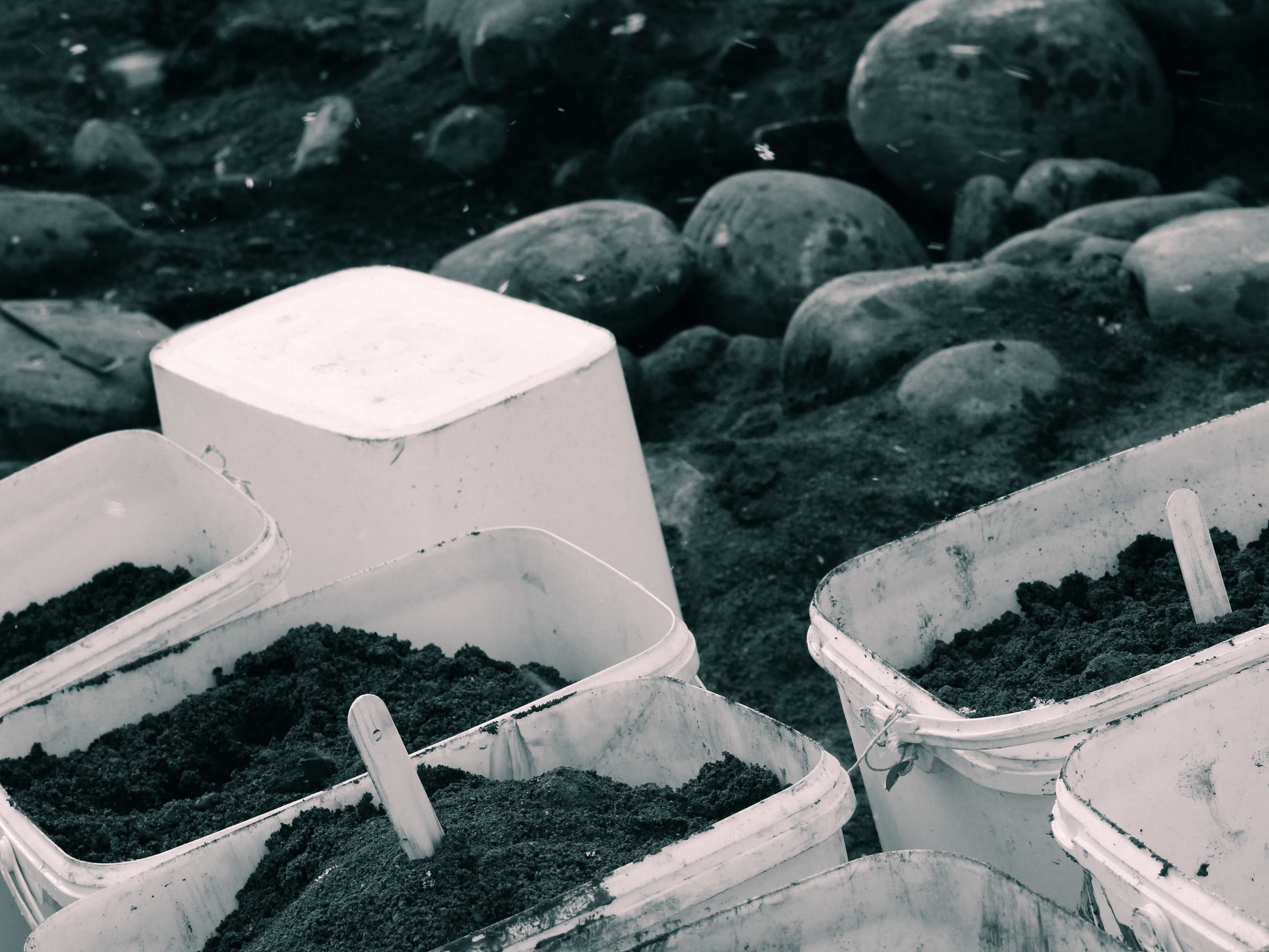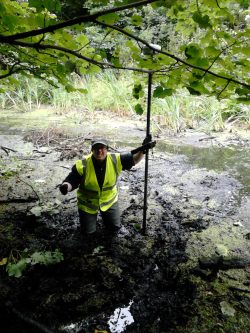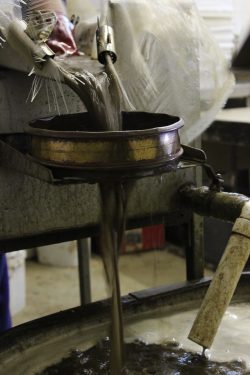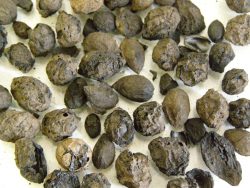
29 Jun What is a soil sample?
Two of our environmental specialists, Laura Bailey and Angela Walker, have put their heads together for our ‘What is…’ series to write about environmental soil samples and discuss how archaeologists use them to help further develop and refine interpretations of archaeological sites.

Laura Bailey

Angela Walker
What is soil sampling?
A soil sample is when soil is removed from features or deposits and transported to a lab to be processed for retrieval of artefacts and ecofacts that increase our understanding of past societies.
Several types of soil sample can be taken depending on the context and the type of research questions that need to be answered. Sampling strategies vary from site to site and are designed to consider research questions identified in wider frameworks. The sampling strategy considers how environmental evidence will contribute to the project aims and objectives, what types of material needs to be recovered and what types of material are likely to survive.
We often take samples from hearths, furnaces, cesspits, middens, dumps, ditches and post-holes, to name a few.
What are the different types of soil sample?
Bulk samples are taken from individual contexts for the recovery of plant remains, charcoal, shells and finds. Bulk samples may be sub-sampled for various analyses.
Waterlogged samples are taken from areas where a high water-table or waterlogged conditions mean that wood, pollen, plant and insect remains are very well preserved.

Angela collecting some core samples from a water feature.
Monolith samples are collected from vertical sections in tins or plastic guttering. These are taken from areas with substantial accumulations of deposits e.g. ditch sections, river channels, etc.
Kubiena samples are also collected from vertical sections. They are used for the preparation of thin sections which provide information on how the soil has formed.
Core and Borehole samples are taken using coring equipment. They provide information on long sequences of deposits.
Multi-element samples are used to look at soil chemistry and identify areas of human and animal activity. A handheld XRF (X-ray fluorescence) is used to provide data regarding the elemental composition of the sample.
What happens to soil samples after excavation?
The samples are stored in appropriate conditions until a decision is made regarding processing.
One of our most common processing techniques is soil flotation which is suitable for bulk samples. The sample is emptied into a tank filled with water. Floating debris is collected in a sieve, dried and analysed under a microscope. Heavy debris sinks (retent) and collected in a mesh, dried and analysed. This process recovers artefactual and ecofactual material that is then given to specialists for identification.
Other sample types are sent to labs for specialist processing.

The sieve catching the floating material

One of Headland’s flotation systems
What do you usually find in soil samples?
The types of material recovered from soil samples depends on the nature and date of the site. Soil samples can contain artefacts (pottery, glass, lithics, etc) or ecofacts (cereal grains, shell, charcoal, etc).

Seeds and fruit stones
What subdisciplines in archaeology use soil samples for gathering data?
Archaeobotanists/Anthrocologists – Analyse plant remains and charcoal
Finds specialists – Analyse artefacts
Geoarchaeologists/Environmental scientists– Study and analyse vegetational history, climate change, geomorphic activity, site formation, past environments and landscape changes
Malacologists/Conchologists– Study molluscs
Osteologists– Analyse human and animal bone recovered from soil samples
Palynologists– Study pollen and microscopic plant and animal structures
Palaeoentomologists– Study insect remains
What can soil samples contribute to the wider picture of a site?
Soils preserved in deposits and features can give us a unique insight into past environments, landscapes, and singular events such as flooding, deforestation, erosion, or burning.
The plant remains from past environments reveal information on what type of crops people were growing, when they were being grown, how they were harvested, processed, consumed and stored.
Wood and charcoal provide information on fuel sources, raw materials and local woodland resources. This can be combined with pollen evidence to provide information on events of land clearance.
Interesting archaeological discoveries made using soil samples:
Forth Replacement Crossing (2011-2014) – Processing of soil samples during excavation revealed very small stone tools that led to the identification of the oldest ‘house’ in Britain.
Coppergate York (1976-1981) – information about past climate, diet, health, the countryside and other features of the ancient environment in Viking Age York.
Gadachrili Gora Regional Archaeological Project Excavations (GRAPE) – ongoing excavations that have pushed back the date for earliest winemaking by hundreds of years using ceramic and soil sample analyses.



